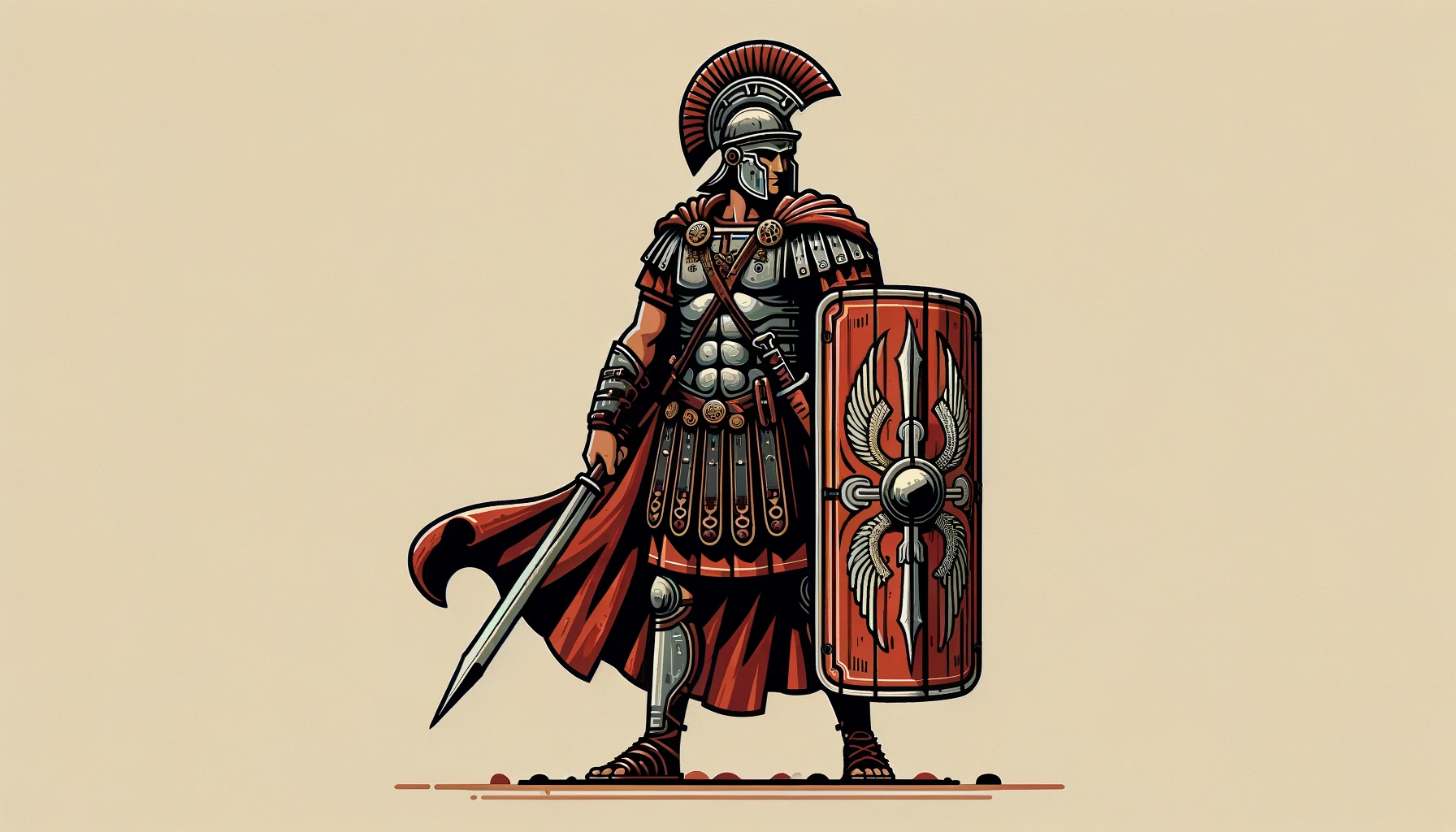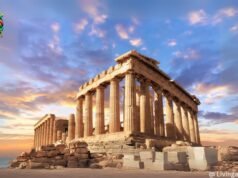Roman Civilization: Unraveling the Mystery of Ancient Times
Introduction to Roman Civilization
Roman Civilization stands as a cornerstone of Western history, with its echoes felt in the modern world’s legal systems, languages, and governmental structures. From its legendary founding in 753 BCE to the fall of the Western Empire in 476 CE, Rome’s saga is one of ambition, innovation, and resilience. This article delves into the multifaceted aspects of Roman life, shedding light on its political evolution, societal norms, and lasting contributions to civilization.
The Foundations of Rome
Mythological Origins and Historical Beginnings
Rome’s origins are steeped in myth, with the tale of Romulus and Remus symbolizing the city’s auspicious beginnings. Historical records trace Rome’s foundation to the Latin and Sabine tribes of central Italy, laying the groundwork for a republic that would eventually dominate the Mediterranean basin.
The Roman Kingdom
Before the Republic, Rome was a monarchy, ruled by kings whose legacy included the establishment of its religious and political institutions. This era set the stage for Rome’s transformation into a republic, where governance by the many replaced the rule of the few.
The Roman Republic
Governing Structures and Political Evolution
The Republic era marked a significant evolution in Roman governance, introducing a complex system of checks and balances operated by elected officials, the Senate, and popular assemblies. This period saw the struggle between Patricians and Plebeians, leading to reforms that expanded political representation.
Social Strata: Patricians vs. Plebeians
Roman society was sharply divided between the Patricians, the aristocratic families who held most of the political power, and the Plebeians, the commoners who fought for and gradually gained increased rights and representation in the Republic.
The Pinnacle of Roman Power: The Empire
Expansion and Administration
The transition from Republic to Empire under Augustus marked the beginning of an unparalleled era of expansion and consolidation. Roman engineering, law, and military might extend over Europe, Africa, and Asia, bringing prosperity and Roman culture to the conquered territories.
Emperors and Imperial Cult
The emperors became central figures in Roman life, often deified and worshipped alongside traditional gods. The imperial cult underscored the emperor’s authority and the state’s unity, blending religious reverence with political loyalty.
Roman Law and Governance
Legal Innovations and the Twelve Tables
Roman law was a monumental achievement, with the Twelve Tables laying the foundation for Western legal systems. Roman jurisprudence emphasized principles that remain relevant today, such as equality before the law and the importance of written statutes.
Provincial Administration and Roman Citizenship
Rome’s vast territories were managed through a sophisticated provincial system that integrated diverse peoples into the empire. The extension of Roman citizenship to conquered peoples was a unique strategy that fostered loyalty and stability across the empire.
Military Might of Rome
The Legions: Organization and Tactics
The Roman legions were the backbone of the empire’s military strength, renowned for their discipline, organization, and innovative tactics. The legions’ ability to adapt and overcome in diverse environments was key to Rome’s expansion and defense.

Key Battles and Military Campaigns
From the Punic Wars against Carthage to the conquests of Gaul, Roman military campaigns have become legendary, demonstrating Rome’s strategic acumen and martial prowess. These victories not only expanded Rome’s borders but also secured its place as a dominant power in the ancient world.
Economic Basis of Roman Society
Agriculture, Trade, and Slavery
The Roman economy was primarily agrarian, supported by slave labor, and bolstered by trade throughout the empire. Rome’s extensive network of roads and sea routes facilitated the movement of goods, people, and ideas, uniting distant provinces with the capital.
Currency and Taxation
The introduction of a standardized currency facilitated trade and taxation, underpinning the economic stability of the empire. Tax revenues financed public works, the military, and the administration of the empire’s vast territories.
Religious Beliefs and Practices
Polytheism to Christianity
Roman religion evolved from the worship of a pantheon of gods to the embrace of Christianity as the state religion under Emperor Constantine. This transition profoundly influenced Roman society and the Christian church’s development.
Religious Festivals and Public Ceremonies
Religious life in Rome was marked by numerous festivals and ceremonies that honored the gods and ensured the state’s prosperity. These events, ranging from public sacrifices to theatrical performances, were integral to Roman cultural identity.
Cultural Achievements and Contributions
Literature, Philosophy, and Arts
Roman literature and philosophy were heavily influenced by Greek predecessors, yet Romans like Virgil, Cicero, and Seneca contributed unique perspectives that have influenced Western thought for centuries. Roman art and sculpture reflected the empire’s power and the complexity of its social structures.
Architecture and Engineering Marvels
Roman architecture and engineering, including aqueducts, roads, and monumental buildings like the Colosseum and the Pantheon, showcased Roman ingenuity and their understanding of materials and construction techniques. These structures not only served practical purposes but also stood as symbols of Roman authority and cultural achievement.
Daily Life in Rome
Urban vs. Rural Life
Life in Rome varied significantly between the bustling, crowded streets of the city and the more tranquil existence in the countryside. Urban residents enjoyed public baths, theaters, and forums, while rural life was centered around the villa and agricultural estate.
Entertainment: Gladiatorial Games and Public Baths
Entertainment played a vital role in Roman society, with gladiatorial games, chariot races, and theatrical performances drawing large crowds. Public baths were not only places for bathing but also social hubs where Romans of all classes mingled.
The Decline and Fall of the Roman Empire
Internal Factors and External Pressures
The decline of the Roman Empire was a complex process influenced by internal strife, economic difficulties, and the pressure of invasions by Germanic tribes and other non-Roman peoples. The division of the empire into Eastern and Western halves also weakened the state’s ability to respond to these challenges.
The Division of the Empire and the Fall of the West
The official split of the Roman Empire into Eastern and Western entities and the eventual fall of the Western Empire in 476 CE marked the end of ancient Rome’s political unity. However, the Eastern Empire, or Byzantine Empire, continued to thrive, preserving Roman heritage for centuries.
Legacy of Roman Civilization
Influence on Western Legal and Political Systems
Roman law and governance have had a lasting impact on Western legal and political thought, influencing the development of modern democratic institutions, legal principles, and judicial practices.
Roman Contributions to Language, Architecture, and More
The Latin language, Roman architectural styles, and engineering techniques have been inherited and adapted by successive generations, shaping the cultural and physical landscapes of the modern world.
Roman Civilization in Modern Education
Teaching Methods and Resources
Roman history is a staple of modern education, offering students insights into the complexities of ancient governance, society, and cultural achievements. Resources for teaching Roman civilization include primary texts, archaeological findings, and interactive digital platforms.
Engaging Students with Roman History
Educators employ a variety of strategies to engage students with Roman history, from reenactments and simulations to the analysis of ancient artifacts and texts. These approaches make the distant past relevant and exciting for learners of all ages.
Exploring Roman Civilization Today
Archaeological Sites and Museums
Sites like the Roman Forum, Pompeii, and the Colosseum, along with museums around the world, offer tangible connections to Roman life and achievements, allowing modern visitors to walk in the footsteps of the ancients.
Reenactments and Living History
Living history groups and reenactment events bring Roman civilization to life, offering immersive experiences that highlight the daily lives, military tactics, and cultural practices of Roman times.
FAQs About Roman Civilization
- How did Rome transition from a republic to an empire?
- What were the primary reasons for the fall of the Roman Empire?
- How did Christianity become the dominant religion in Rome?
- What are some of the most significant Roman contributions to modern society?
- How did Roman law influence modern legal systems?
- What can we learn from Roman architecture and engineering?
Conclusion: Reflecting on the Enduring Legacy of Rome
The legacy of Roman civilization is imprinted on nearly every facet of Western culture, from our legal systems and governmental structures to our languages and architectural styles. Rome’s history teaches us about the heights of human achievement and the complexities of societal development. As we continue to study and admire this ancient civilization, we are reminded of the enduring nature of human ingenuity and the timeless lessons that history offers.





Thanks a bunch for sharing this with all folks you actually understand what you are speaking about! Bookmarked. Kindly also seek advice from my web site =). We may have a link alternate contract between us!
Those are yours alright! . We at least need to get these people stealing images to start blogging! They probably just did a image search and grabbed them. They look good though!
The following time I read a weblog, I hope that it doesnt disappoint me as a lot as this one. I imply, I do know it was my option to learn, however I truly thought youd have something attention-grabbing to say. All I hear is a bunch of whining about one thing that you might repair in the event you werent too busy in search of attention.
I truly appreciate this post. I have been looking everywhere for this! Thank goodness I found it on Bing. You’ve made my day! Thank you again
I like this web site so much, saved to fav. “I don’t care what is written about me so long as it isn’t true.” by Dorothy Parker.
Great post. I am facing a couple of these problems.
Wow, fantastic blog layout! How long have you been blogging for? you made blogging look easy. The overall look of your website is magnificent, as well as the content!
I¦ve recently started a blog, the info you provide on this site has helped me greatly. Thanks for all of your time & work.
I simply wished to thank you so much all over again. I am not sure what I would’ve tried without the pointers contributed by you concerning that subject. It seemed to be a real terrifying difficulty in my circumstances, however , observing the very expert manner you processed it took me to jump for joy. I’m just happy for this support and in addition have high hopes you recognize what a powerful job you’re providing training the mediocre ones with the aid of your blog. I’m certain you have never come across any of us.